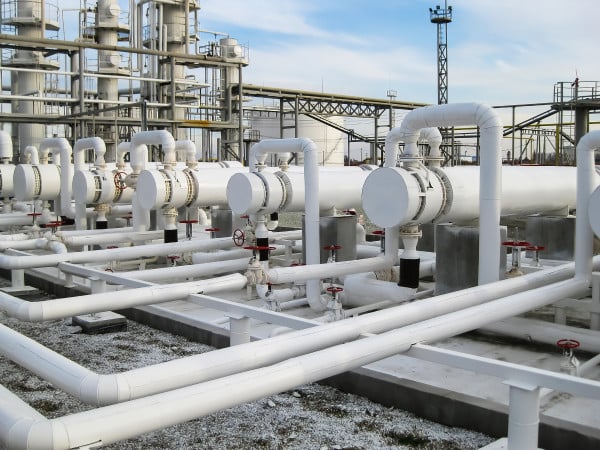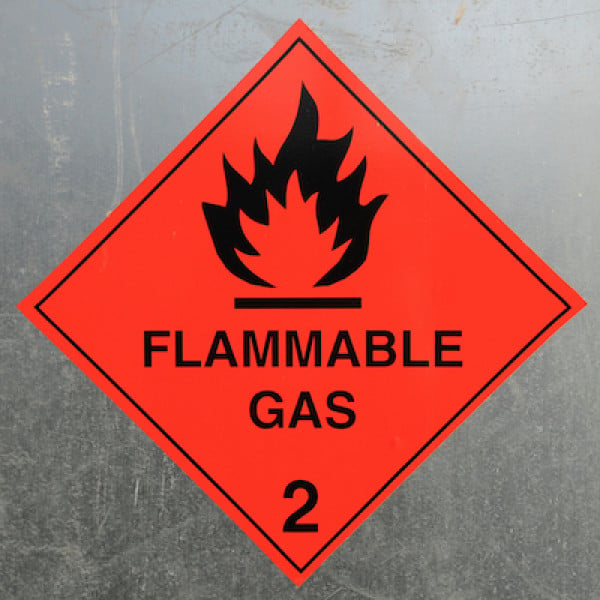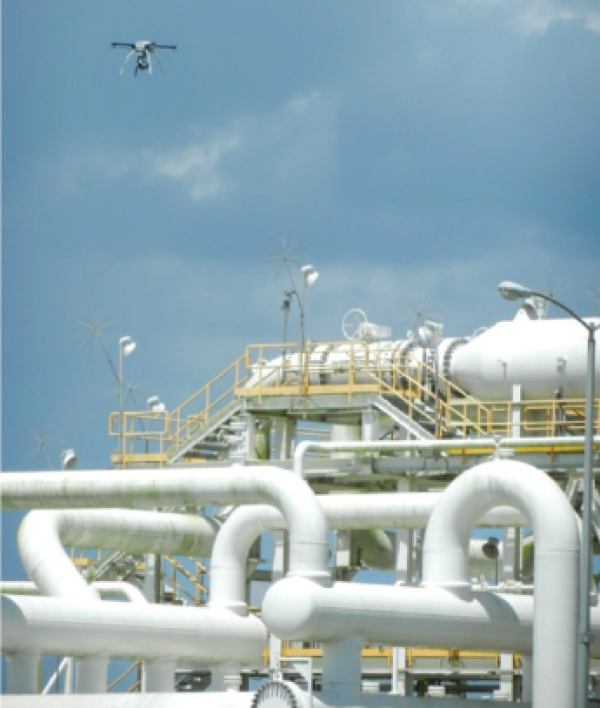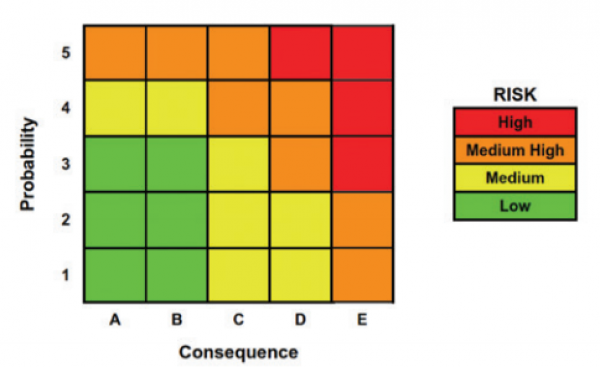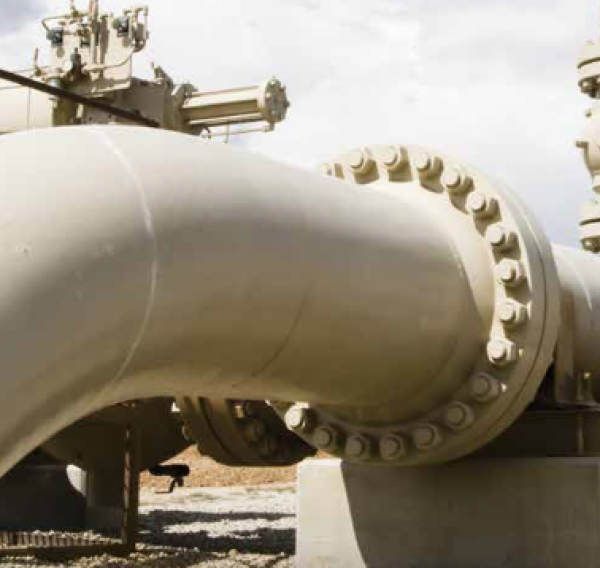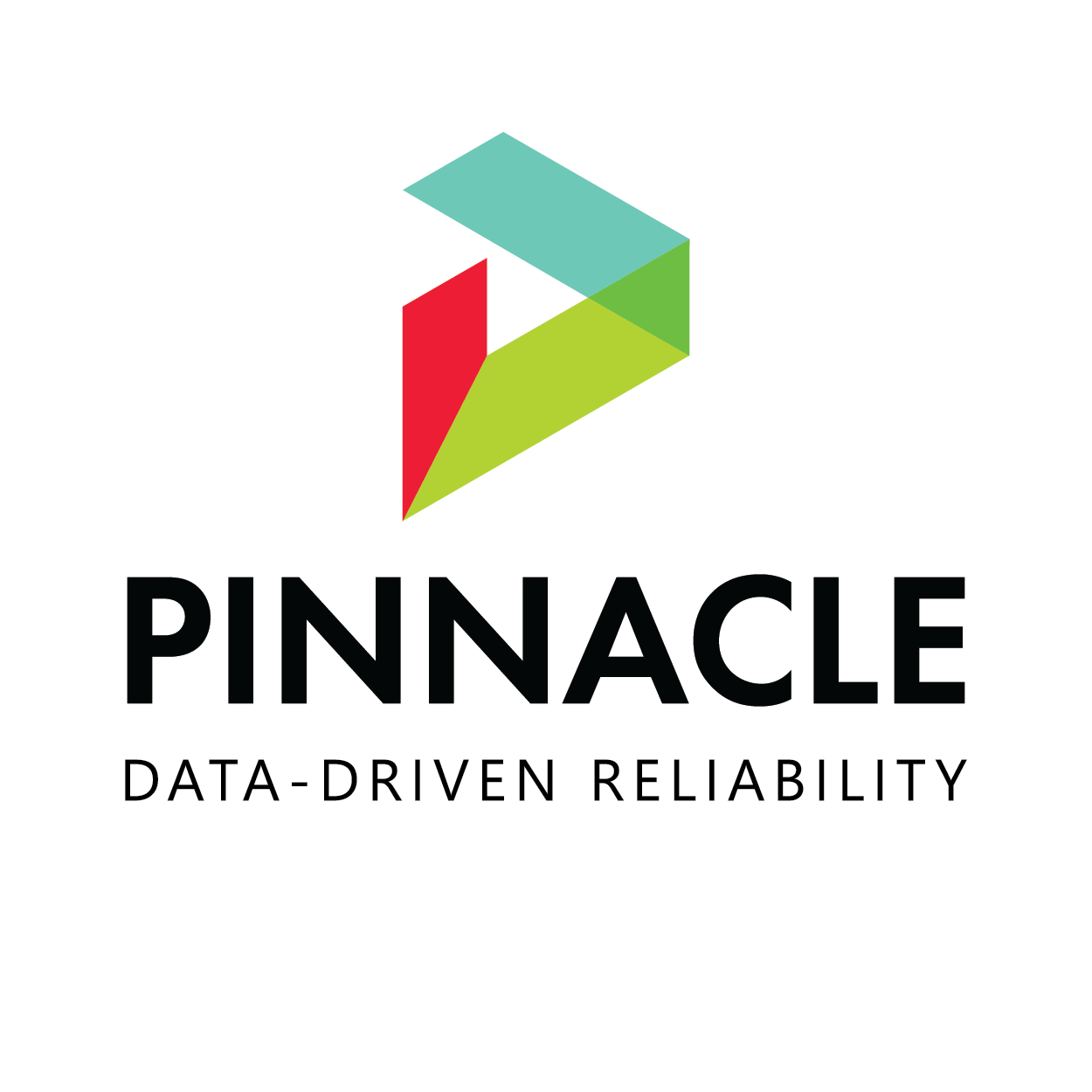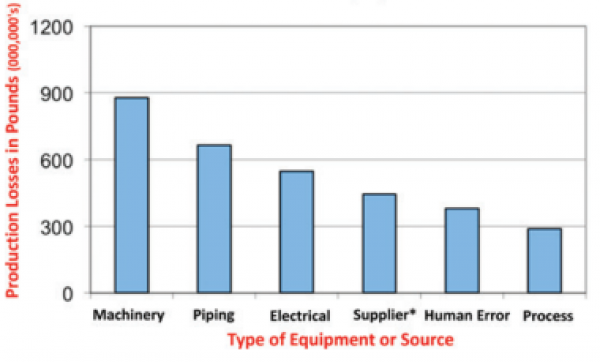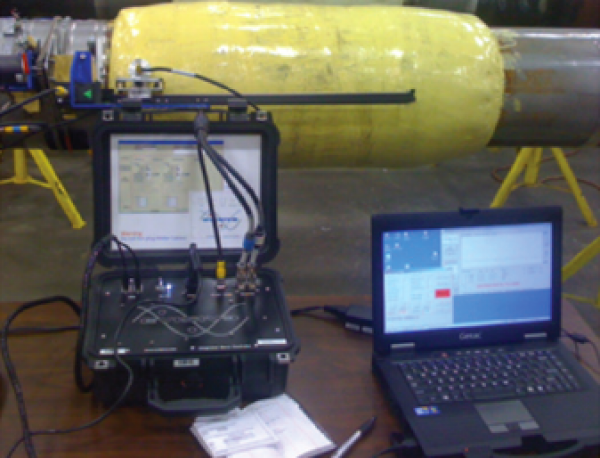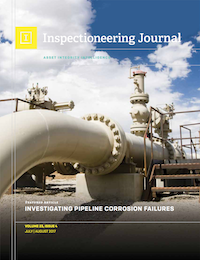
| Date | July/August 2017 |
| Volume | 23 |
| Issue | 4 |
| Return to Journal Index | |
July/August 2017 Inspectioneering Journal Article Index
This article outlines the engineering and assessment methodologies applied during the analysis of a failure of a 15-foot diameter reactor tank supported by four legs.
Are your key performance indicators actually driving improvement? Could they be more effective? In this actionable and concise article, John Reynolds is back again to discuss some KPIs you could be using to monitor your progress down the path to...
In deflagration incidents, electrical arcs and electrostatic sparks are often considered to be primary ignition sources. However, there are a variety of other ignition sources. Do you consider mechanical equipment and the significant non-electrical...
The adoption of drones for use in industry is a trend that has grown rapidly over the past few years. As the technology increases in popularity, its capabilities continue to evolve beyond basic imaging, boosting the list of ever-growing applications.
Establishing risk targets is an important aspect of any risk-based inspection (RBI) program and is a requirement of API RP 580. Metrics and consistency are important considerations for those using RBI to measure and manage risks as part of their...
3 common repair scenarios include routine maintenance, scope repairs, and major discoveries. An inspector’s ability to properly manage each situation can mean the difference between mechanical integrity success and failure.
Failure analysis of piping that has experienced corrosion damage provides operators with valuable information needed to prevent future failures. Effective processes and procedures are essential when investigating the cause of corrosion on pipelines..
Download Pinnacle's Economics of Reliability Report - Refining to see how reliability is affecting profitability.
Most plants have pieces of equipment with chronic problems that impact profitability due to the frequency of outages, cost of repairs, and lost production. It is critical that specific actions are taken to identify and eliminate these “Bad...
Composite technology developed for pipeline repair can be a cost-effective method of improving safety while keeping maintenance costs down. However, composite materials present significant challenges to conventional NDT methods.

